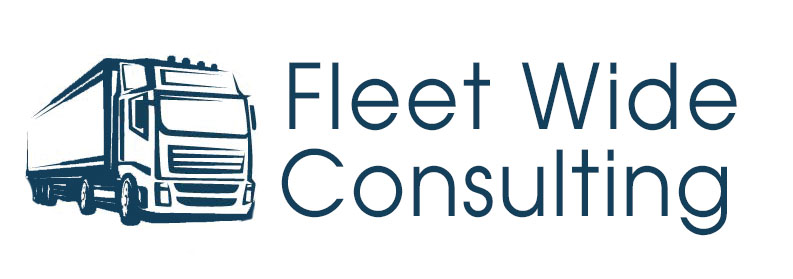Key Reasons to Prioritize Health and Safety Planning in Fleet Management
Even your most experienced employees can be involved in an accident on the job through no fault of their own. When that happens, you immediately run through list of a concerns from managing client expectations to insurance and repair. Your first and foremost concern should be, of course, the health and safety of your employee.
Protecting Your People is a Societal Demand as well as a Moral Responsibility
Your fleet and other business operations required a financial investment, but as the old adage goes, your people are your greatest assets. Without your people, there is no fleet on the road. One of the most important way to keep these valuable, reliable and skilled employees is to instill confidence in them that they’ll get home safely and injury-free at the end of each workday.
Just like a physician’s ethical standard is “first, do no harm,” employers should have a similar responsibility. It’s true that you can’t eliminate every hazard in the workplace, but you can certainly set the standard with “first, ensure there is reasonable protection for the health and safety of our people.”
Having good safety standards in place is not only a good business practice because it reduces downtime in productivity, lowers insurance premiums, and helps prevent costly repairs, it also demonstrates to your employees that you’re looking out for them.
Conversely, any compromise of health and safety, especially when done to control corporate cost, will strain your employees’ loyalties.
Complying with the Law – Rules are Rules for a Reason
When health and safety weren’t prioritized during the industrial revolution, deaths and injuries were simply accepted as a cost of doing business. Some referred to it as “industrial progress.” The unsafe working conditions were a result of our rapid growth. Even though we’ve raised the bar for keeping our employees safe, and our health and safety programs in general have advanced exponentially, a recent study by the National Safety Council states that an unintentional occupational injury leads to a fatality every four minutes, costing the United States upwards of $120 billion annually. Without the organized safety movements initiated back in 1912, the injury trend would have continued and we could expect that number to be closer to $500 billion annually.
That’s why systems and organizations like OSHA were put in place. OSHA's mission is to ensure that every company provides safe and healthy working conditions for their employees. They set and enforce safety standards and provide training, outreach, education and assistance. They also to enforce adherence to these rules. It’s important to understand what safety protocols are required for your business, one of the ways to do this is with safety training.
Good Safety is Simply Good Business
Putting the proper safety measures in place will provide business sustainability for many reasons:
Employee Productivity and Retention - There is no doubt, a safer working environment elevates employee morale, which snowballs into a great working culture. A great working culture leads to a steady increase in production.
Good safety also increases worker retention. Retaining good employees is a sign that the working environment demonstrates that personal safety and health are primary goals.
Public Trust – A business’ reputation in its industry is important. Any company’s reputation is at stake when there is criticism related to their safety & health practices. With today’s media environment, anything can go viral and diminish a great reputation that took years to build. A tarnished reputation can lead to loss of market share, product boycotts, or loss of consumer trust that will inevitably lead to a loss in revenue.
Controlling Costs – When reviewing the effectiveness of any safety & health program, it’s best to benchmark yourself against the competition. A successful safety program prevents incidents from happening, so it’s tough to quantify what never happens. But when you compare yourselves against a competitor, it provides the necessary benchmarking to justify your costs allocated towards safety.
With this type of validation, a good CEO could justify spending even more on health and safety programs and training.

